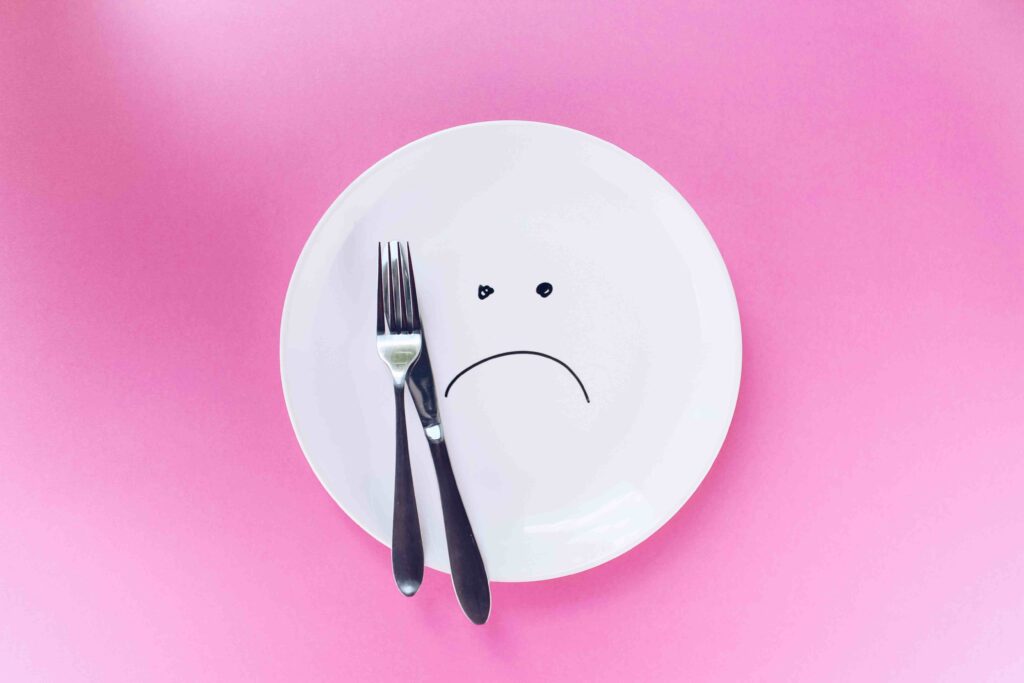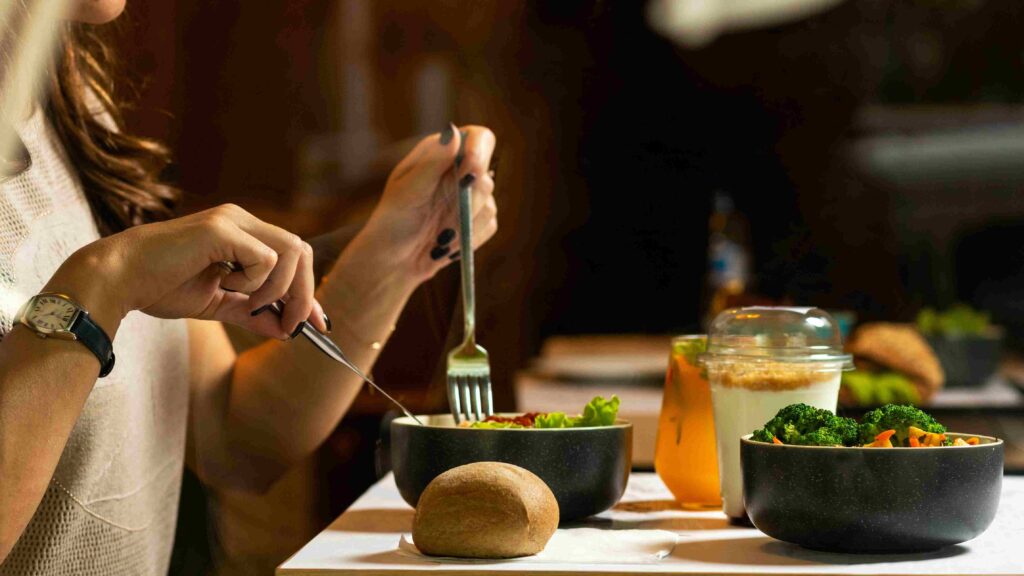In the realm of diets and nutrition, various trends and terminologies emerge, often leaving individuals curious about new concepts. One such term is the “woe diet.” But what exactly is a woe diet, and how does it impact our health and well-being?
In this comprehensive guide, we’ll delve into the world of woe diets, exploring their definition, different types, mechanisms, potential benefits, risks, and tips for choosing the right woe diet for you.

Table of Contents
What is a Woe Diet?
The term “woe diet” stands for “Way of Eating.” It represents a broader approach to food and nutrition that extends beyond traditional dieting. Instead of focusing solely on weight loss, woe diets emphasize a sustainable and balanced approach to eating that aligns with an individual’s lifestyle and health goals.
Different Types of Woe Diets
There isn’t a single “woe diet” with specific rules. Instead, woe diets encompass various approaches to eating, such as:
- Low-carb woe diets
- Mediterranean woe diets
- Plant-based woe diets
- Intermittent fasting woe diets
How Do Woe Diets Work?
Woe diets prioritize a mindful and holistic approach to eating. Instead of restricting specific food groups, they encourage making informed choices based on individual preferences, nutritional needs, and health goals.
Benefits of Woe Diets
- Sustainability: Woe diets emphasize long-term lifestyle changes rather than short-term restrictive measures, making them more sustainable.
- Flexibility: Woe diets provide flexibility, allowing individuals to adapt their eating habits to different situations and preferences.
- Nutrient Diversity: Woe diets encourage the consumption of a variety of nutrient-rich foods, contributing to overall health.
- Individualization: Woe diets can be tailored to an individual’s unique health needs, making them suitable for various health conditions.
Risks of Woe Diets
- Lack of Structure: Some individuals may find the lack of strict rules challenging and may struggle to maintain healthy eating habits.
- Overeating: Without clear guidelines, some people might overindulge in less healthy foods, leading to potential weight gain or nutritional imbalances.
- Lack of Accountability: Without specific guidelines, it’s important to self-monitor to ensure nutritional needs are being met.
How to Choose the Right Woe Diet for You
- Consider Your Goals: Identify your health and wellness goals, whether it’s weight management, improved heart health, or increased energy.
- Consult a Professional: A registered dietitian or nutritionist can provide guidance on which woe diet aligns with your goals and needs.
- Trial and Error: Experiment with different woe diets to find the one that suits your preferences and lifestyle.

The concept of woe diets offers a refreshing perspective on nutrition, focusing on a personalized, sustainable, and balanced approach to eating. While it encourages flexibility and mindfulness, it’s important to remember that individual needs vary, and what works for one person may not work for another.
Consulting a healthcare professional is essential when exploring different woe diets to ensure that your chosen approach supports your health and wellness goals. In the quest for improved well-being, a woe diet may offer an alternative to traditional dieting by prioritizing an adaptable and holistic way of eating.


